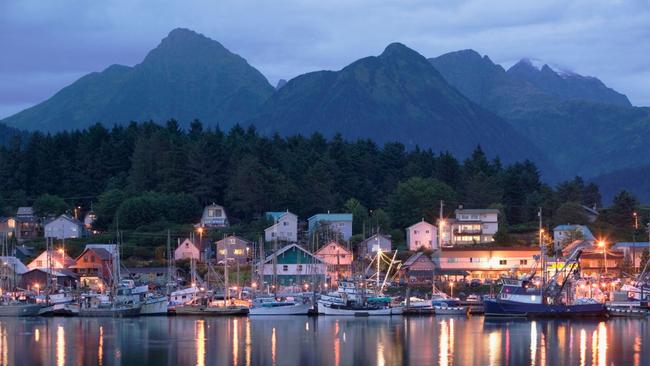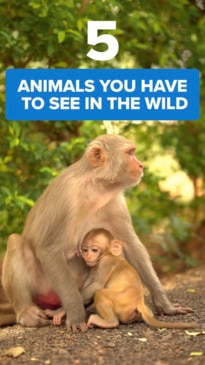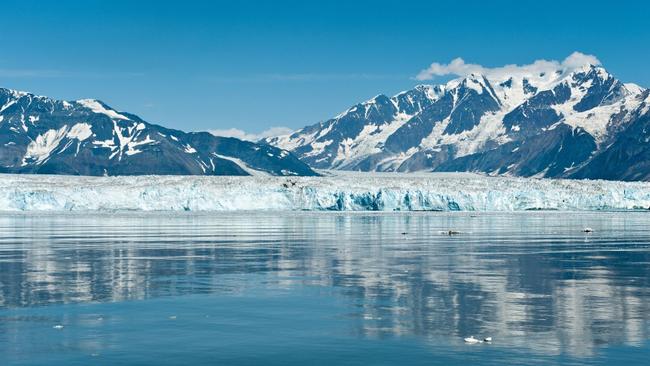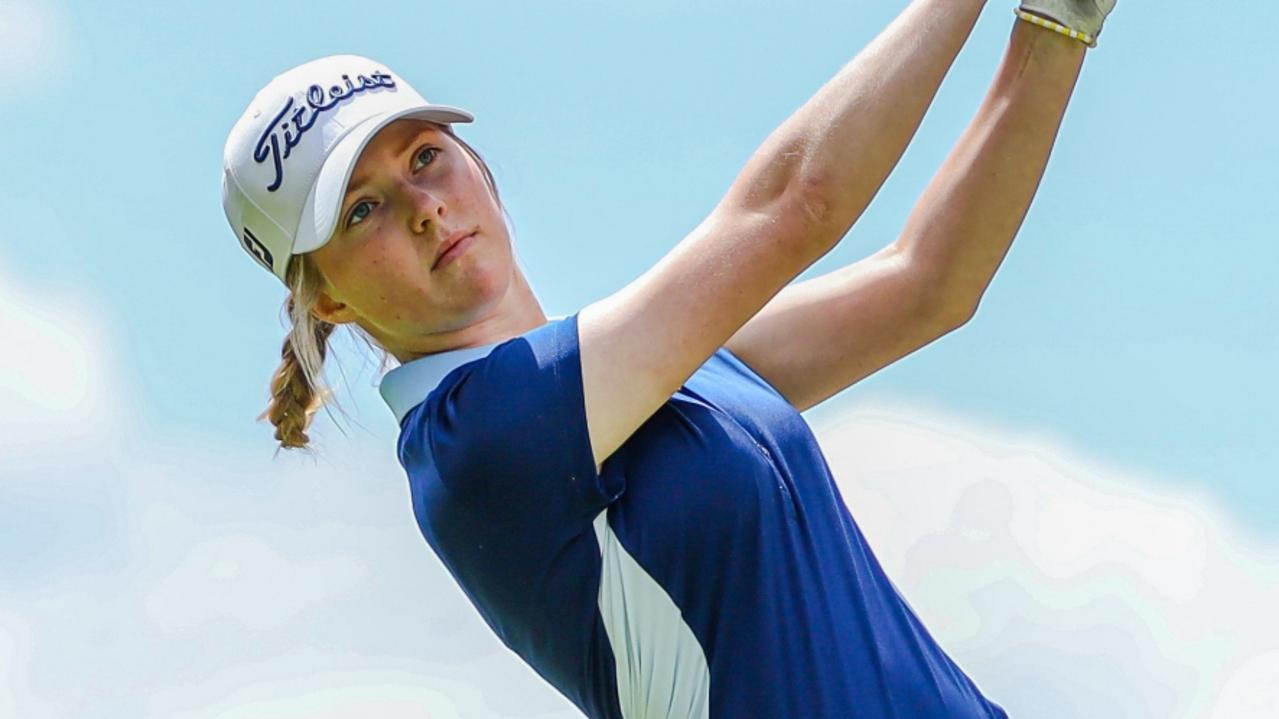I’m not a cruiser, but Alaska changed everything
If you're a "cruise sceptic" looking to put your assumptions to the test, look no further than the Inside Passage.

Lifestyle
Don't miss out on the headlines from Lifestyle. Followed categories will be added to My News.
If you’ll accept eccentric advice from a complete stranger I’d suggest you do this before you get to Alaska: buy a map. Buy a state map, lay it across a flat surface, stand back and stare. Alaska is America’s biggest and emptiest state. You’re gawping at an unbounded place, somewhere that cannot be corralled by roads or Google imagery. North America’s tallest mountains, toothiest wildlife, most extreme weather, and biggest national parks are all found within its gigantic borders.
Alaskan topography tells fittingly outsized stories. About volcanoes and shifting tectonic plates. Human migration and distant ice ages. Gold fever, Inuit heritage, and Russian ownership have all left their marks. Then there are the empty places that make up the bulk of AK. Vast expanses without roads or people, where there is room for just about anything.

“If you could steal Italy, Alaska is where you would hide it,” is my favourite quote about Alaska.
In the state’s southeast, a finger of fjord-land pokes into Canada, almost to Vancouver. Known as the Inside Passage, it’s the portion of Alaska most visitors see and experience. This crowded sliver of land and sea sandwiches Alaska’s natural wonders and human history into a meal you can just about manage with two hands. On a map it looks tiny but when you get there you realise the scale of the place.
I’ve always wanted to get Alaskan dirt on my boots but I had reservations about seeing it from a cruise ship. I didn’t want to be just another package tourist and I was wary about an expected older demographic. But we’re all old people in waiting. I’d recently turned 50 and was turning grey at an alarming clip. One day I looked in the mirror and thought: maybe an ultra-luxury cruise to Alaska will help these blues.
I’m joking. Silversea had kindly invited me back because I had come down with Covid midway through our Antarctica expedition last November. That trip was beyond amazing and I was eager to return. Silversea goes just about everywhere – 900 destinations on all seven continents – and they go there in unmatched, all-inclusive style. I chose Alaska and convinced my wife to accompany me so we could celebrate 20 years of marriage in a suitably outrageous style.

But we’re not cruisers and we’re not retired so we really didn’t know what to expect. Boarding the Silver Muse I was tremendously excited but a little nervous. I needn’t have worried. We were warmly welcomed aboard and quickly met a lovely Sydney couple at the obligatory safety drill. Our Indian butler Paul was very informal and very keen to talk about cricket. And then we were away and officially cruising. Vancouver gleamed in the unseasonably warm sunshine while my wife sipped champagne on our private balcony, decadently pairing bathrobe and sunglasses. Before long we were scanning for orcas, trying not to look smug in the obligatory selfies, and discussing which of the eight on-board restaurants we would sample first. Already we felt at home.
That first day we cruised past Vancouver Island and up the Inside Passage, the storied seaway traced by Captain Cook in 1778 and, later, an estimated 100,000 gold-rush prospectors pushing for the Klondike in 1898. It’s hard to imagine a place better suited for cruising. It’s exceptionally scenic, historically and culturally vibrant, and largely protected from the open ocean. For the vast majority of our seven-day cruise, there were snow-crested mountains on both sides, an array of wildlife to be spotted, and mirror-calm seas. You really didn’t need to get off the ship but of course we did, at every opportunity.
At each port there was a historic district to explore and a wide variety of activities on offer. Some were free while premium experiences like heli-dog-sledding were pricey. We pre-booked the most physical activities, anticipating we’d want to work off all the high-end food and daily cocktails. But whether we were biking, hiking, or kayaking we always felt we were on a scenic gambol rather than a heart-pumping adventure. This was a bit disappointing for us youngsters (the under-65s) but not unexpected.
The advantage of a slower pace, however, is that you tend to see more wildlife. By the end of the trip, we’d spotted bald eagles, humpback whales, seals, sea lions, sea otters, various native birds, and a majestic silhouetted moose. I had it in my head that at some point I would stumble across a bear in the woods, get some pin-sharp full-roar photos and narrowly escape with my life and a story to tell but of course that’s nuts.

Still, it was good to be in bear country. I asked every local I met for an encounter story and they all had one. The best involved a brown bear who busted into a national park pit toilet and bit an unlucky hiker on the bum. Talking to locals and collecting such tales became a favourite pastime. Alaska attracts a special breed: adventurers, survivalists, artists, fisher folk, agoraphobics, and an assortment of colourful ratbags. Sit at a bar – any bar – and you’re sure to meet one.
Alaska’s wild history was another highlight, adding substance and context to all the lovely scenery. At Ketchikan, we learned about Indigenous history and the cultural significance of totem poles. Carved from red cedar they recount legends and lineages of the native Tlingit and Haida communities and stand as solemn reminders of a not-so-distant past. Later we visited Sitka Sound, where Tlingit warriors battled Russian sealers for control of the land. The Russians eventually won, and Sitka became the unlikely capital of “Russian America” for 68 years.
America famously bought Alaska for $7.2min in 1867 and, 20 years later, was in the midst of one of the biggest and craziest gold stampedes in human history. At isolated Skagway, another fascinating stop, thousands of eager prospectors from as far away as Australia stopped in for supplies while risking the tortuously long and difficult route to the Klondike gold fields. Back then Skagway was a lawless hellhole run by scammers, murderers, and pimps. Today it’s a beautifully restored heritage village run by artisan retailers and purveyors of fine espresso.
The Inside Passage attracts over a million visitors in a busy cruise season and mostly the small towns seem to handle the large numbers surprisingly well. We consistently found you didn’t have to walk too far from the main drag to escape the masses. At the state capital, Juneau, we rode the local gondola to a busy summit but found a snowy track that led through an ancient mossy forest to an empty lookout with even better views.

There were lots of treasured moments like this: the whiskered face of a cute sea otter that popped up near our Zodiac; a pair of mating eagles spiralling outside our breakfast window. There was a fabulous à la carte Japanese dinner on-board at Kaiseki restaurant, the many beautiful local artworks purchased, a magic bluebird day paddling off Betton Island, and a delightful hot tub/cocktail combo with just the stars for company.
As for cruising, once I got a feel for it, I found I liked the pace. Fifteen knots may be the perfect speed to appreciate evolving scenery. Trains and cars go too fast. Bikes and hikes are too slow. Planes are only good for one angle. The Silver Muse’s observation deck became our favourite haunt whenever we were steaming. There were books and maps to study, powerful binoculars for wildlife spotting, and attentive staff who knew our drink preferences and when to magically appear with a cheese platter.
I also found I enjoyed dressing up and going out to dinner each night – something my wife and I rarely get to do. At times it felt like were attending a seven-day cocktail party or the wedding of a tastefully wealthy relative. We didn’t encounter a single snob on the Silver Muse, we met lots of really nice down-to-earth people – Australians mainly, but also Poms, Americans, Canadians, Singaporeans, and a cackling Irishman with the gift of the gab.
On our last full day we were at Hubbard Glacier when the clouds moved in and the landscapes became icescapes, blue-tinged and otherworldly. The cold snap only highlighted how lucky we’d been to score consistently glorious weather. It wasn’t until we reached Anchorage that we had to drag out puffer jackets and beanies. My rain jacket, carefully packed, remained dry. An Alaskan miracle.
The writer was a guest of Silversea.
More Coverage
Originally published as I’m not a cruiser, but Alaska changed everything





